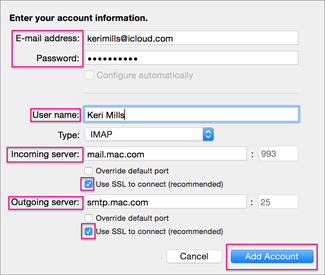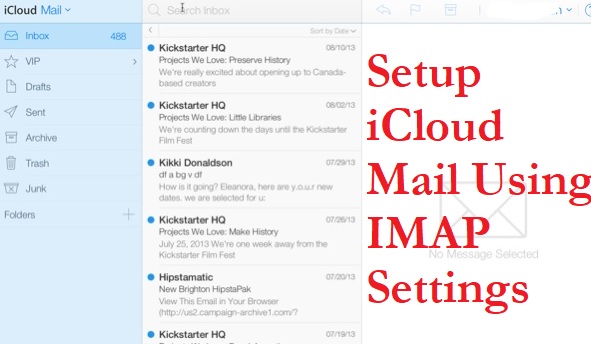

Rather than that, users can utilize IMAP settings to manually configure an email program's inbound server for usage with their iCloud account, allowing Mail to download messages. Server Port: the default port is 25, but some ISPs block it due to the increasing mass of spam that circulates from there so you can try another one.💡 Note: In comparison to other mail providers, iCloud does not support POP configurations.Authentication: tap on it and select “Password” enter your password.Use SSL: set it off – unless you have enabled an SSL mode on your SMTP server.


User name: the email address from which you send.(Here’s a list of all SMTP specifics to help you find the right one). Host name: your outgoing mail server’s name.Tap “SMTP” under “Outgoing Mail Server”, and then tap “Add Server…” You’ll get this window:Ĥ. Tap the account from which you want to send emails (or add a new one).ģ. Tap “Settings > Mail, Contacts, Calendars”.Ģ. (There’s also a handy free monthly plan for common users who don’t need to send a high amount of emails and don’t want to spend money on it).Īnd here we explain to configure a generic outgoing mail server for an iPhone.ġ. That’s why we suggest to try a professional outgoing server like turboSMTP: you set it up once for all on your iPhone, and it’ll work with any ISP on the planet. Unfortunately, this is exactly what happens when you use a normal, free outgoing mail server like the ones associated to Gmail or Hotmail: if you switch to a new internet connection with your iPhone, then you have to switch the SMTP settings as well. Adding or changing the outgoing mail server on your iPhone it’s not very complicated, but it can be annoying if you need to do it often.


 0 kommentar(er)
0 kommentar(er)
